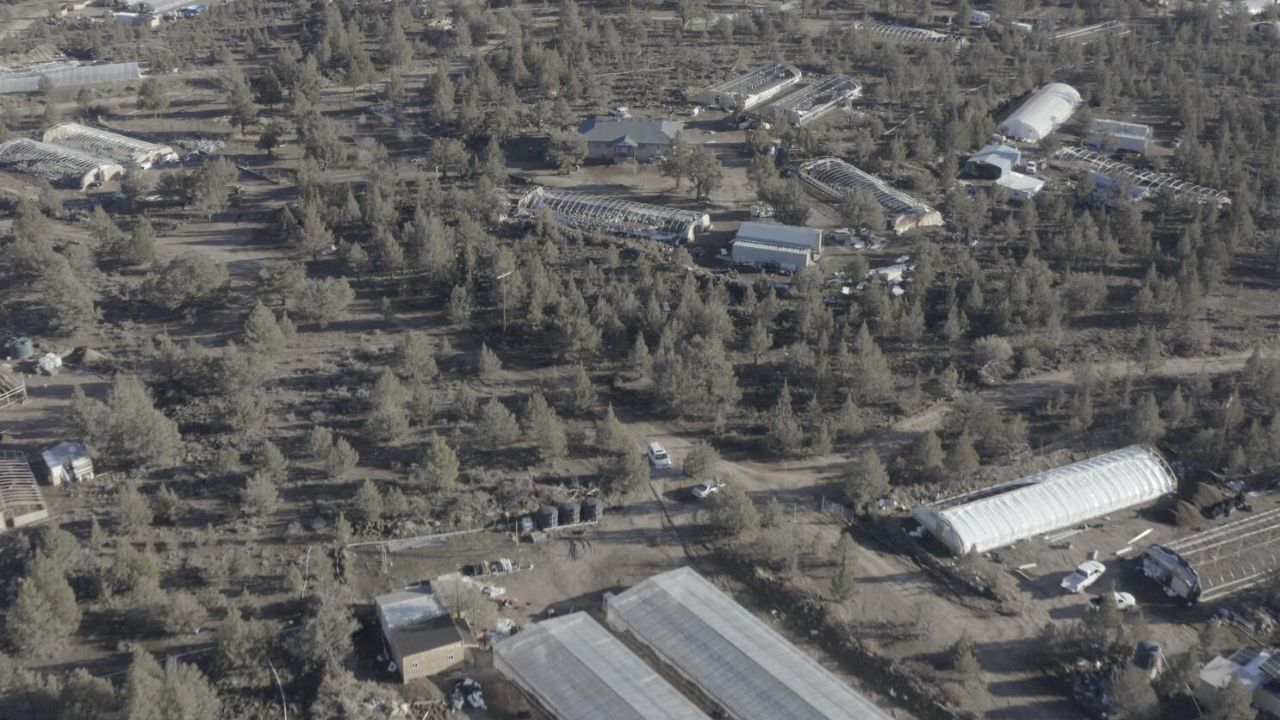California, known for its diverse and vibrant culture, unfortunately grapples with a severe drug abuse issue. Recent research conducted by American Addiction Centers reveals that the highest drug consumption in the state is not attributed to major cities like San Francisco, Los Angeles, or San Diego. Surprisingly, it’s Omaha, Nebraska.
How Omaha Became the Worst City for Drug Use
Omaha, a city with a population of approximately 450,000, is located in the San Joaquin Valley, an area recognized for agricultural production and poverty. Over the years, Omaha has faced persistent economic and social challenges, including high unemployment rates, elevated crime levels, homelessness, and limited access to education. These challenges have collectively fostered a climate conducive to substance abuse.
The study by American Addiction Centers utilized data from the Substance Abuse and Mental Health Services Administration (SAMHSA) to rank 51 metropolitan areas in the United States based on their drug usage rates. Shockingly, Omaha emerges as the leader in drug consumption, boasting the highest percentage of residents who have experimented with marijuana, cocaine, heroin, and methamphetamine across the nation.
The statistics are staggering, with over 60% of Omaha’s population having used marijuana at least once, more than 20% trying cocaine, over 3% experimenting with heroin, and more than 13% testing methamphetamine. These numbers far exceed national averages, which stand at 44%, 15%, 0.6%, and 4.7%, respectively.
Several factors contribute to Omaha’s high drug consumption. Firstly, the city’s proximity to major highways linking Mexico and other states makes it a hotbed for drug trafficking. Methamphetamine production and distribution, in particular, are rampant in the San Joaquin Valley, often concealed in rural areas.
Additionally, Omaha suffers from a dearth of effective prevention and treatment programs. The city lacks an adequate number of substance abuse counselors, detox facilities, and rehabilitation centers. Many individuals battling addiction face challenges in accessing health insurance and other resources that could aid their recovery. Consequently, they continue using drugs despite the adverse impact on their health, relationships, and livelihoods.
The Impact of Drug Abuse on Omaha and California
Drug abuse leaves a devastating imprint on not only Omaha but also the entirety of California. It affects not just those who use drugs but also their families, communities, and society as a whole. The repercussions span both physical and mental health problems, including overdose, infections, injuries, violence, suicide, depression, anxiety, and psychosis. Social and legal complications, such as unemployment, poverty, homelessness, crime, incarceration, and child neglect or abuse, are heightened by drug abuse.
The economic toll is substantial, with drug abuse costing California billions annually. A report from the California Department of Health Care Services (DHCS) reveals that substance abuse expenses reached $35 billion in 2010.
This sum covers healthcare services related to substance abuse disorders or consequences, criminal justice costs linked to substance-related crimes or incarceration, lost productivity resulting from substance-related absenteeism or disability, and various other costs related to substance-related accidents or fatalities.
What Can Be Done to Address Drug Abuse in Omaha and California
Addressing drug abuse is a multifaceted challenge that demands a comprehensive and coordinated response from various stakeholders. Several potential solutions that could contribute to reducing drug abuse in Omaha and California include:
- Enhancing Prevention and Education: Increasing the availability and accessibility of prevention and education programs targeting youth and high-risk populations. These programs should raise awareness about the dangers of drug use, promote healthy coping mechanisms for stress or boredom, and cultivate positive peer pressure and social norms.
- Expanding Treatment and Recovery Services: Improving the availability and accessibility of treatment and recovery programs that offer evidence-based interventions for individuals grappling with addiction. These programs should offer personalized care that addresses physical, psychological, social, and spiritual needs, alongside providing aftercare services to support long-term recovery and deter relapse.
- Harm Reduction Programs: Expanding harm reduction programs to mitigate the adverse consequences of drug use for those not ready or willing to quit. Services like needle exchange, overdose prevention kits (naloxone), supervised consumption facilities (safe injection sites), medication-assisted treatment (methadone or buprenorphine), and drug testing kits (fentanyl strips) can be invaluable.
- Law Enforcement Focus: Shifting the focus of drug laws towards targeting drug traffickers and producers rather than drug users. Laws should aim to disrupt the drug supply chain from source countries to destination markets while imposing stricter penalties on those manufacturing, distributing, or selling drugs, particularly those targeting vulnerable populations.
- Interagency Collaboration: Encouraging greater collaboration and coordination among different sectors and agencies involved in addressing drug abuse, including healthcare, education, social services, law enforcement, justice, and community organizations. This approach fosters information sharing, resource pooling, and the implementation of holistic strategies that tackle the root causes and consequences of drug abuse.
In Conclusion
Omaha’s distinction as the highest drug-consuming city in California reflects a severe problem that the state faces. A comprehensive, unified response is necessary to address this challenge effectively. By combining efforts in prevention, education, treatment, recovery, harm reduction, law enforcement, regulation, and collaboration, we can work towards improving the well-being and quality of life for individuals, families, communities, and society as a whole.

